It’s been said that to become a wildlife photographer all you need is a lot of money and a lot of time. While not completely true, inorder to enter into the untamed world of wildlife photography, where every click of the shutter unveils a story of nature’s wonders will take some time, effort, and resources. Embarking on a journey to become a wildlife photographer is akin to commencing a captivating adventure filled with awe-inspiring landscapes, elusive creatures, and heart-pounding moments frozen in time. Whether you’re drawn to the graceful dance of a bird in flight, the majestic presence of a big cat prowling through the savanna, or the intricate details of a tiny insect’s world, this blog is your guide to unlocking the secrets of the wild through the lens of your camera. Join us as we explore the basics needed to capture the beauty and essence of wildlife in its natural habitat.
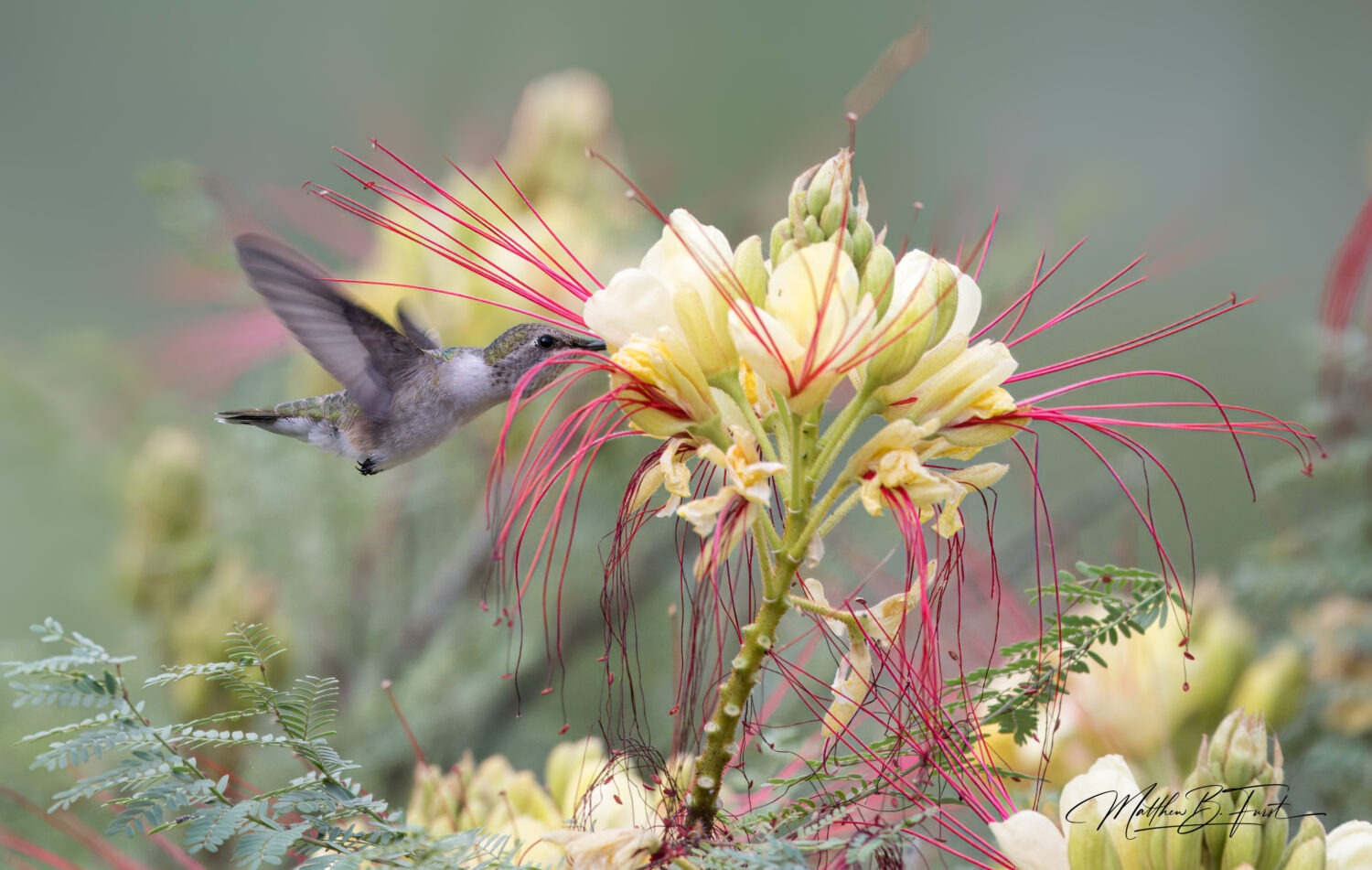
Becoming a wildlife photographer can be an exciting and fulfilling journey. Starting from scratch to become a wildlife photographer can seem like a daunting task. However, with time and effort, you will soon be capturing wonderful wildlife images that will have your friends and family questioning if you work for National Geographic. Let’s look at a general roadmap to get you started.
Wildlife photography is first and foremost photography. Start by familiarizing yourself with the fundamentals of photography, such as understanding your camera settings, composition techniques, lighting principles, post-processing skills, and the exposure triangle. There are numerous online resources, books, and courses available for beginners. There are numerous online platforms offering courses and tutorials tailored to beginners in photography. Websites like Udemy, Coursera, and Skillshare have courses covering everything from camera basics to advanced techniques. YouTube also has a wealth of free tutorials from experienced photographers. There are countless books dedicated to photography basics, camera settings, composition, and more. Look for well-reviewed titles authored by experienced photographers or photography educators. Ebooks can be a convenient option for accessing information digitally. Many communities offer in-person photography classes or workshops conducted by local photographers or educational institutions. These hands-on sessions can provide valuable practical experience and personalized guidance.
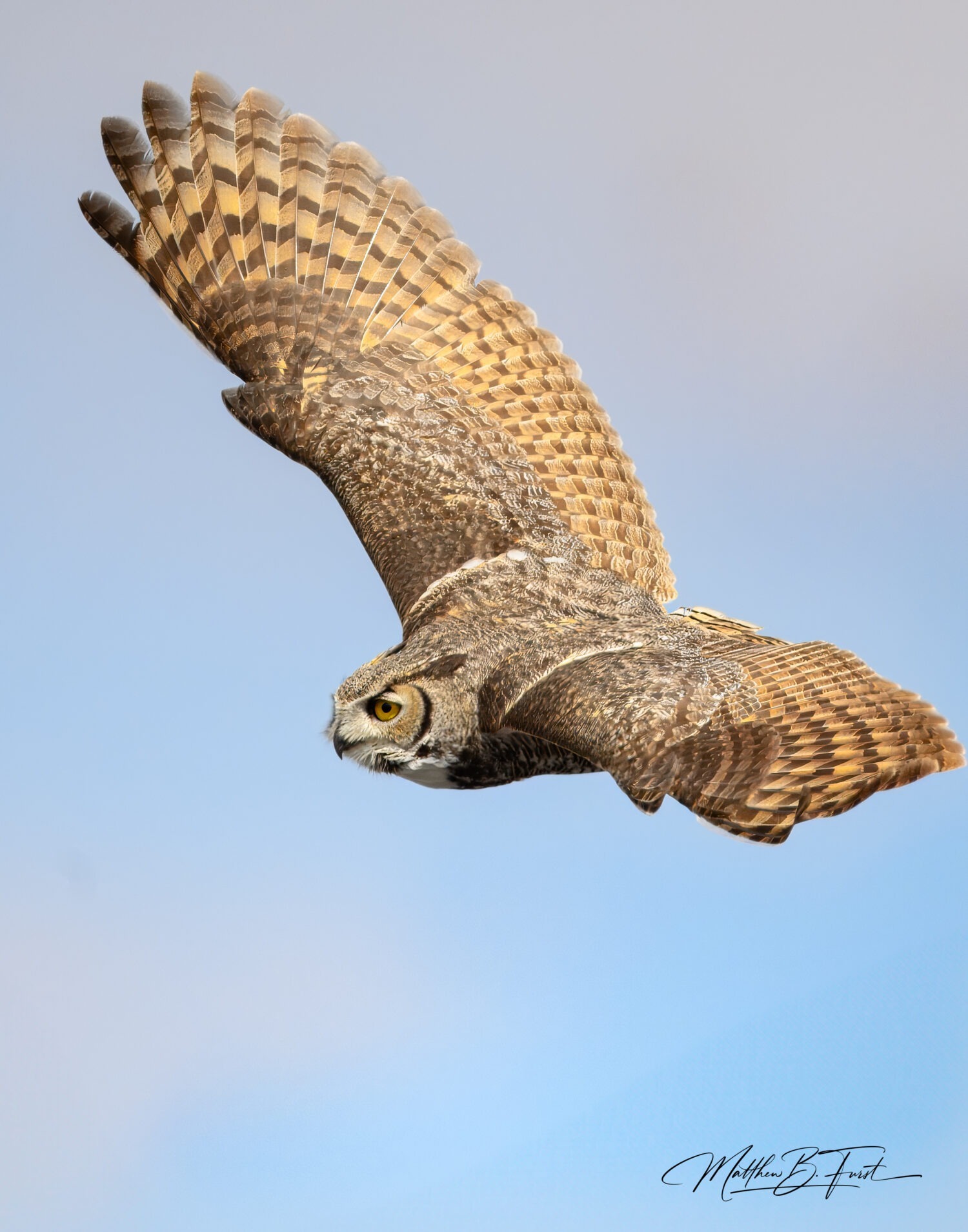
One of the most effective ways to learn photography is by getting out there and taking photos. Experiment with different camera settings, compositions, lighting conditions, and subjects. Don’t be afraid to make mistakes – they’re essential for learning and improvement. Online photography forums and communities, such as Reddit’s r/photography or photography-focused Facebook groups, are great places to ask questions, seek advice, and share your work for feedback. Engaging with other photographers can provide valuable insights and encouragement. If possible, seek out a more experienced photographer who can mentor you or offer guidance. Learning directly from someone with practical experience can accelerate your learning process and help you avoid common pitfalls. Post-processing plays a significant role in photography, so familiarize yourself with basic editing techniques using software like Adobe Lightroom or Photoshop. Many online tutorials and resources are available to help you master these tools. Immersing yourself in the photography community by attending events, exhibitions, and photography meetups can provide inspiration, networking opportunities, and exposure to different styles and genres of photography. Remember, the key to mastering photography basics is consistent practice, curiosity, and a willingness to learn and experiment. Start with the fundamentals, gradually build your skills, and don’t hesitate to seek help or feedback along the way.
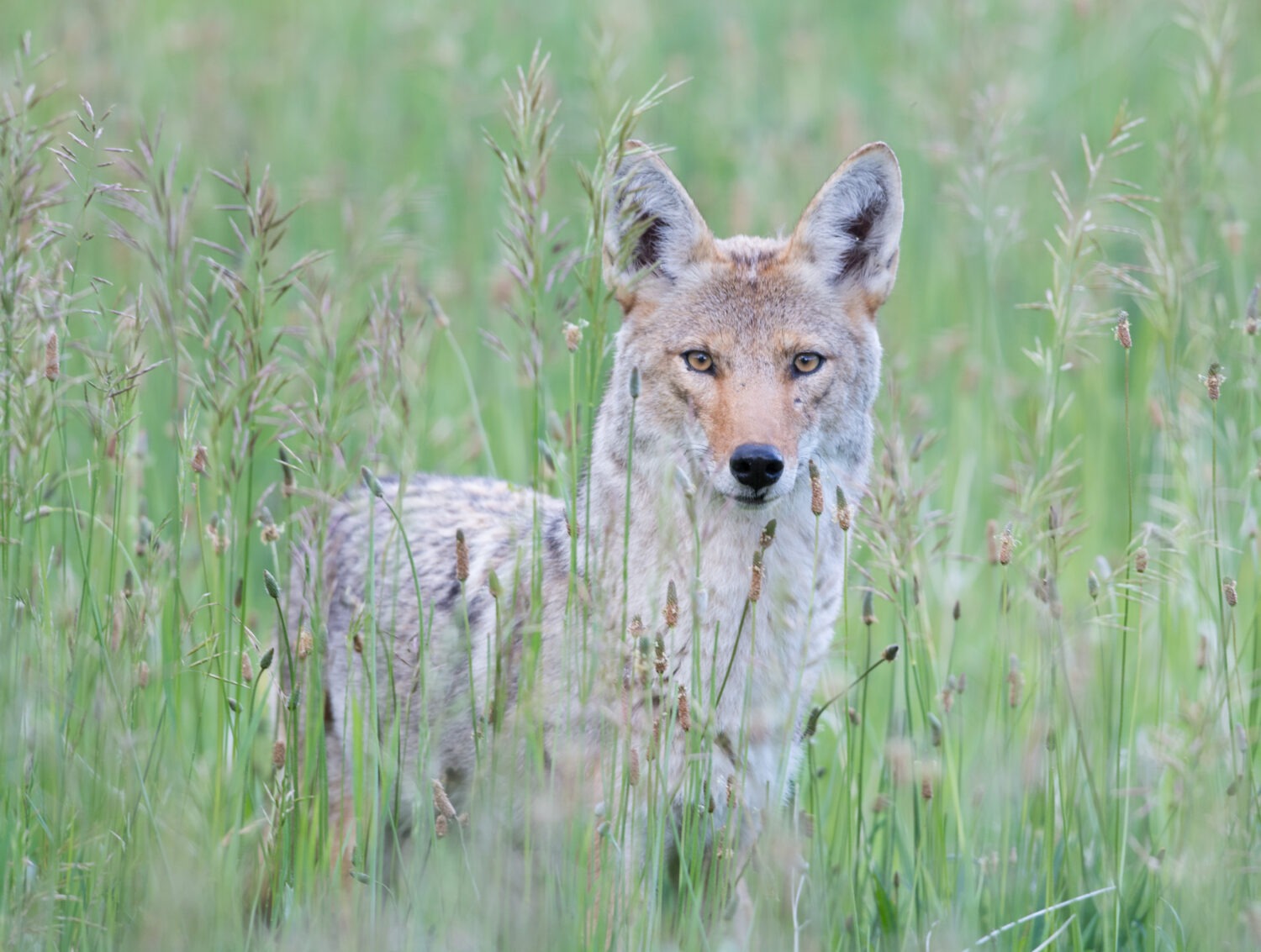
To become a wildlife photographer, you’ll need a few essential pieces of equipment to capture high-quality images of animals in their natural habitats. While you don’t need the most expensive gear to start out, having a quality camera and lenses suitable for wildlife photography is essential. Look for cameras with good autofocus systems and lenses with long focal lengths, especially for capturing distant wildlife. Here’s a list of the minimum gear you should consider. Invest in a digital camera with manual controls and good low-light performance. While DSLR (Digital Single Lens Reflex) cameras are common among wildlife photographers, mirrorless cameras have also become popular due to their lighter weight and compact size. Choose a camera that offers fast autofocus and a high frames-per-second (fps) rate for capturing fast-moving wildlife. A telephoto lens with a long focal length is essential for wildlife photography, allowing you to capture distant subjects up close. A focal length of at least 300mm is recommended, although longer lenses, such as 400mm, 500mm, or even 600mm, can provide greater reach for photographing shy or elusive wildlife.
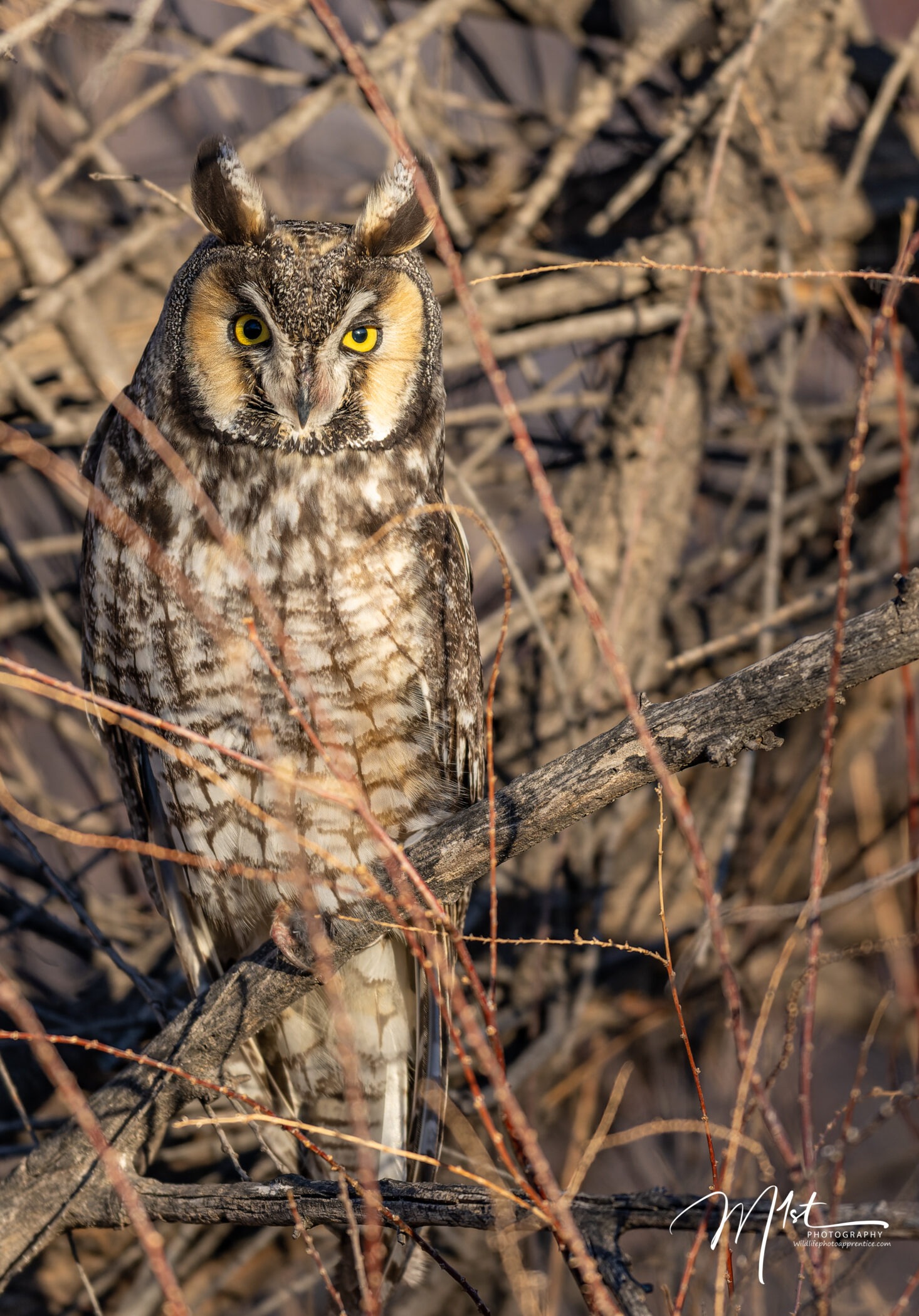
While not always necessary, a sturdy tripod or monopod can be beneficial for stabilizing your camera and lens, especially when using heavy telephoto lenses or shooting in low-light conditions. Look for lightweight and portable options suitable for outdoor use. A durable and weather-resistant camera bag is essential for protecting your gear while traveling to remote wildlife habitats. Choose a bag with padded compartments to safely store your camera body, lenses, accessories, and other essentials. Invest in high-capacity, high-speed memory cards to ensure you have enough storage space and can quickly capture continuous bursts of images without buffering. Consider carrying multiple memory cards as backups during extended photo shoots. Wildlife photography often involves spending long hours in the field, so it’s crucial to carry spare camera batteries to avoid running out of power at critical moments. Invest in high-capacity batteries or a portable charger for extended shooting sessions. Dust, dirt, and moisture are common hazards in outdoor environments, so keep a lens cleaning kit handy to maintain the clarity of your lenses and ensure optimal image quality. Include items like lens cloths, lens cleaning solution, and a blower brush in your kit. Familiarize yourself with the wildlife species and habitats you plan to photograph by carrying a field guide and map. This will help you identify animals, locate prime shooting locations, and understand their behavior for better photo opportunities. While this list covers the minimum equipment needed to start wildlife photography, you may eventually want to expand your gear as you gain experience and specialize in specific types of wildlife or photography techniques. Experiment with different lenses, accessories, and camera settings to enhance your skills and capture stunning images of the natural world.
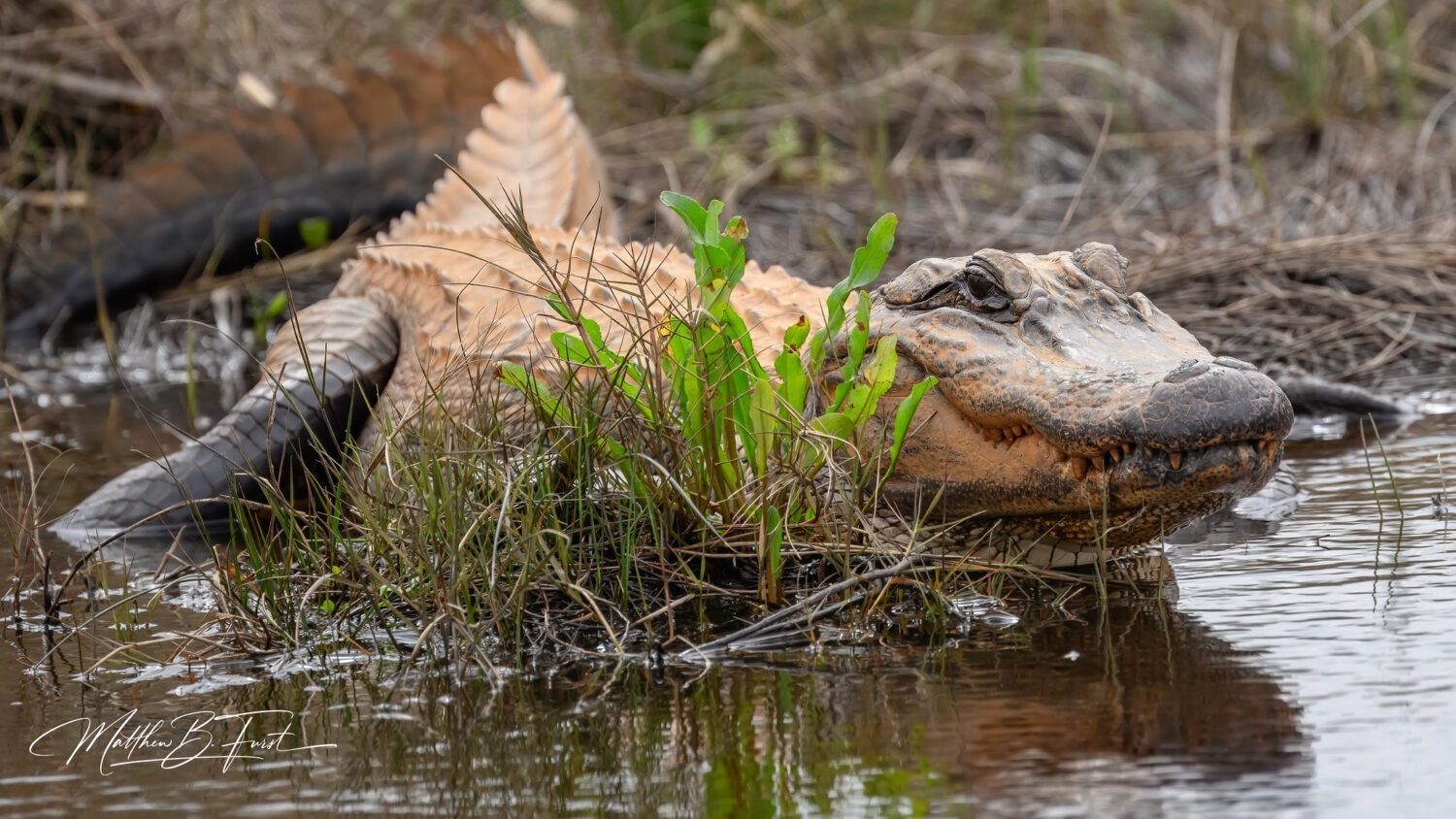
Once your photos are taken you’ll need some things to post- process them before you can share them with others. To post-process wildlife photos effectively, you’ll need several essential tools and software. A reliable computer with sufficient processing power and storage space is essential for editing and storing your wildlife photos. Ensure your computer meets the system requirements for running photo editing software smoothly. Invest in professional-grade photo editing software such as Adobe Lightroom, Adobe Photoshop, or Capture One. These programs offer a wide range of editing tools and features tailored to photographers’ needs, including adjustments for exposure, color, contrast, sharpness, and noise reduction. Many wildlife photographers shoot in RAW format to capture maximum detail and flexibility in post-processing. A RAW converter, either built into your editing software or as a standalone application, is necessary to convert RAW files into editable formats like JPEG or TIFF.
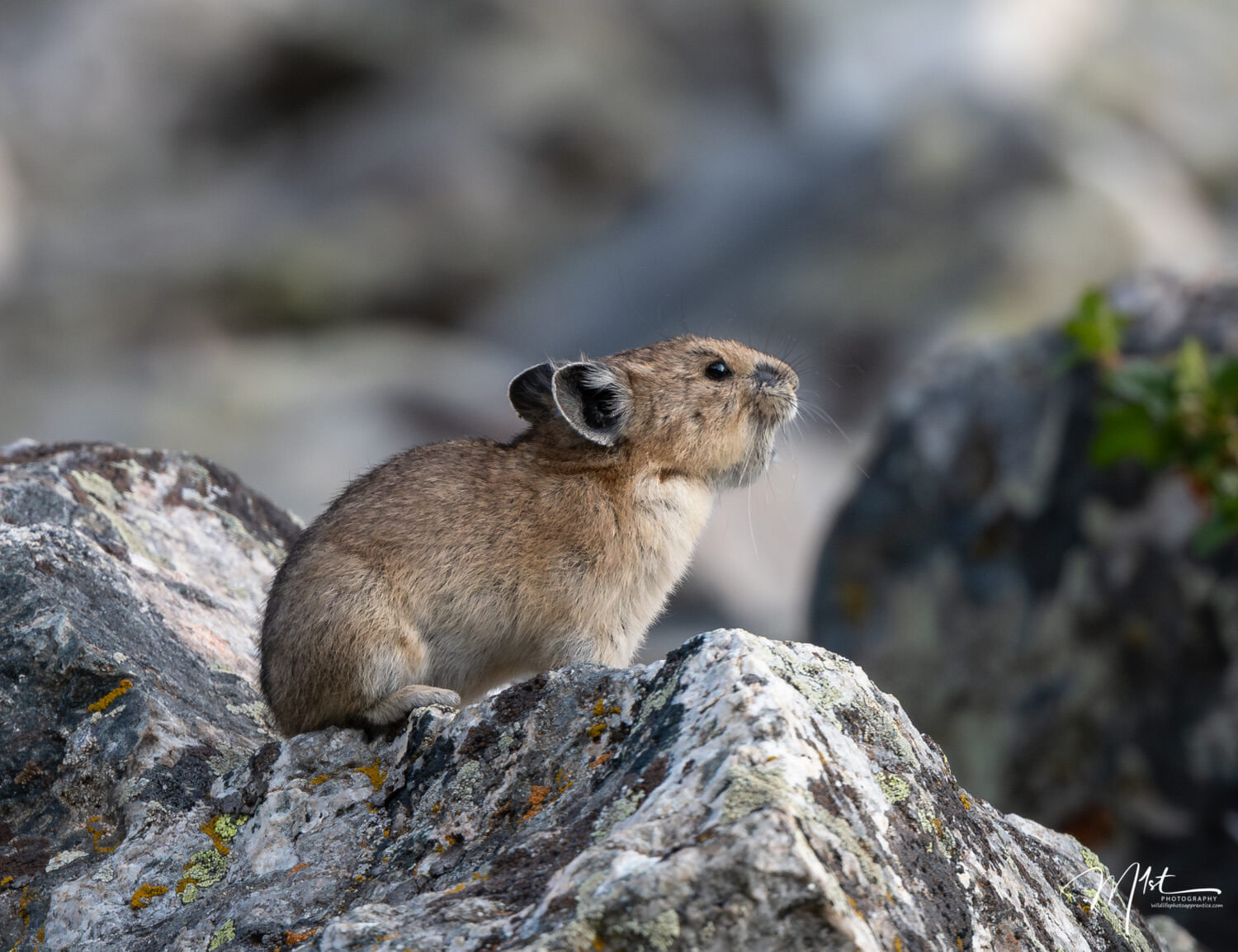
To ensure accurate color reproduction and consistency across different devices, consider using a color calibration tool such as a monitor calibrator. This helps calibrate your monitor’s display settings to industry standards, ensuring your edited photos appear as intended when viewed on other screens or printed. Invest in a reliable storage solution to safely store and organize your wildlife photo library. This may include external hard drives, cloud storage services, or a combination of both to create backups and prevent data loss. A high-quality monitor with accurate color representation and good resolution is crucial for precise photo editing. Choose a monitor with wide color gamut coverage and adjustable settings for brightness, contrast, and color temperature. Familiarize yourself with tutorials, online courses, and books dedicated to wildlife photography post-processing techniques. Learning from experienced photographers and mastering advanced editing skills will help elevate the quality of your wildlife photos. By equipping yourself with these tools and resources, you’ll be well-prepared to enhance and showcase the beauty of your wildlife photos through post-processing. Remember to strike a balance between enhancing your images creatively while maintaining the authenticity and integrity of the natural world you’ve captured.
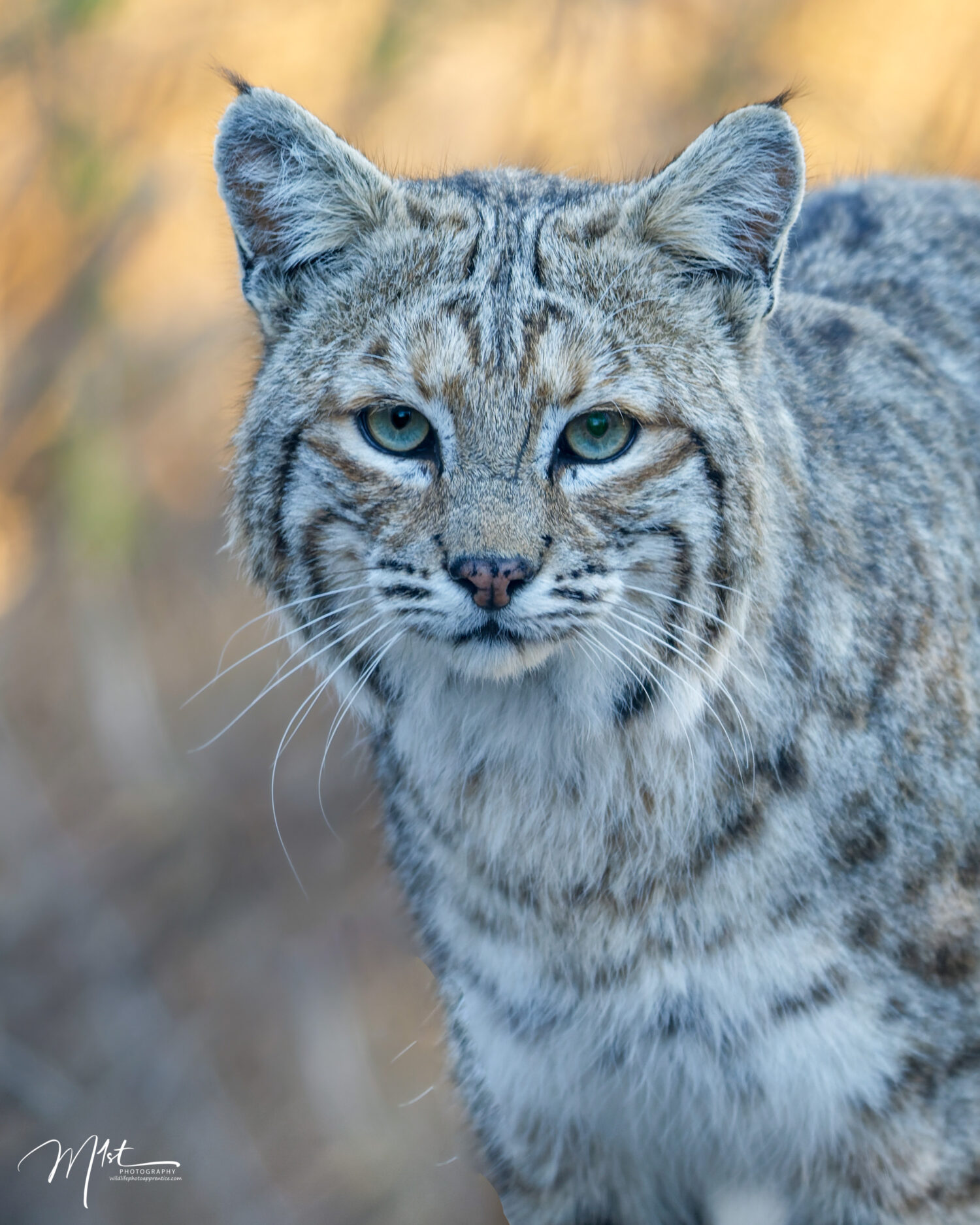
In conclusion, embarking on the path to becoming a proficient wildlife photographer is a journey that demands dedication, patience, and a continual thirst for learning. As we’ve explored throughout this article, mastering the art of capturing wildlife in its natural habitat requires more than just a camera and a passion for the outdoors. It necessitates investing time, effort, and resources into honing your photography skills, understanding wildlife behavior, and embracing the challenges of the ever-changing natural world. However, the rewards of this journey are immeasurable – from the exhilarating moments of connection with nature to the breathtaking images that serve as lasting testaments to the beauty and fragility of our planet’s ecosystems. So, as you embark on your own wildlife photography adventure, remember that the path to proficiency may be long and arduous, but the experiences and memories you’ll capture along the way are priceless treasures that will stay with you for a lifetime.
